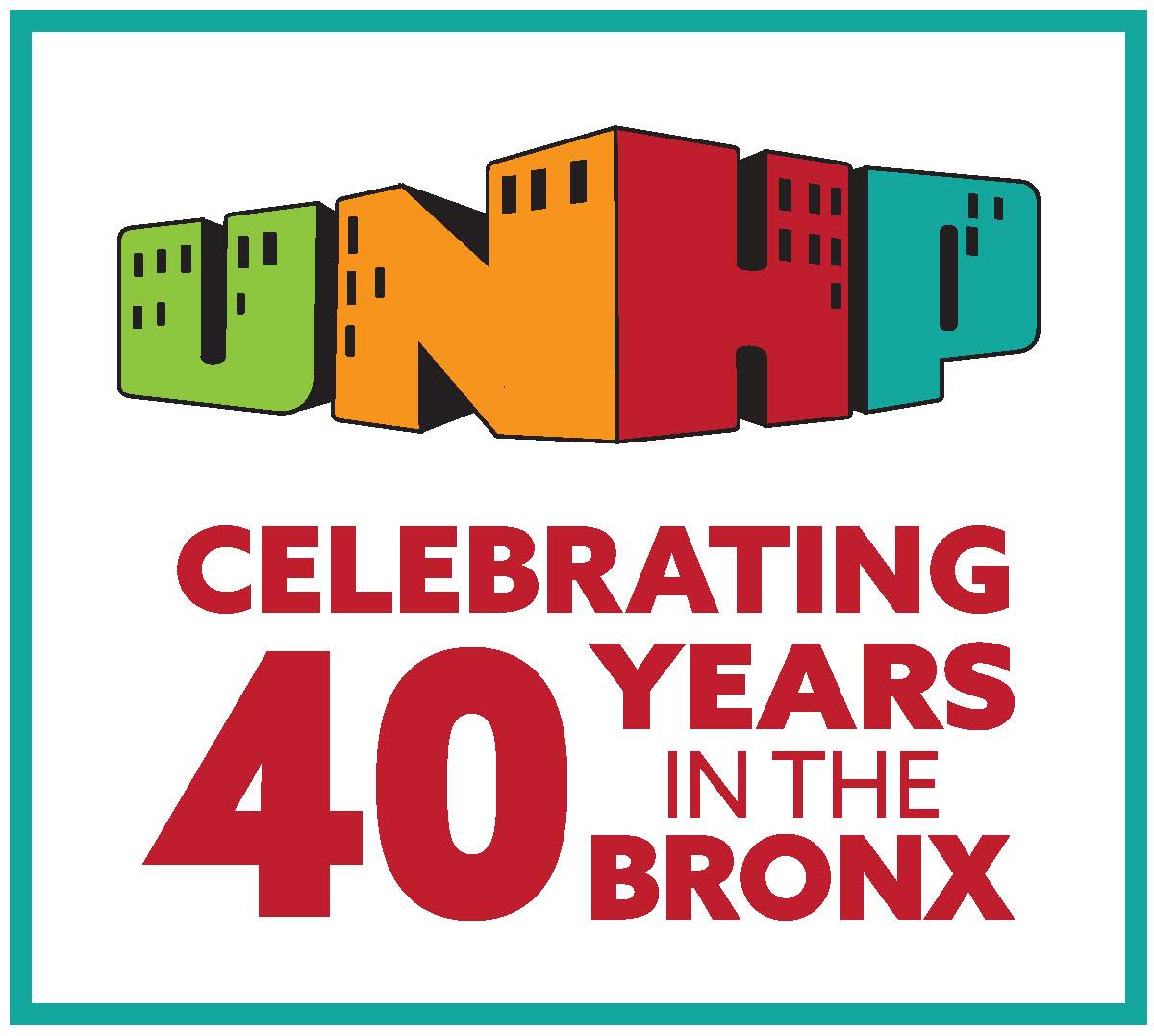Group Warns of Speculative Bronx Real Estate Market Sometimes you need to sound the alarm more than once to get attention.
In the summer of 2003, University Neighborhood Housing Program (UNHP), an nonprofit advocacy group based on the Grand Concourse, held a forum at Fordham University’s library to warn of a potential real estate bubble inflated by exploding purchase prices for multi-family dwellings. Through its research, the group learned that landlords were paying a great deal more for the buildings than they seemed to be worth. Purchase prices had escalated since 1996, but there was no net increase in building revenue, known as net operating income.
That worried UNHP, because recent Bronx history has shown that a speculative market can lead to neglected buildings and the threat of foreclosure.
Fast-forward 18 months. A very similar group of housing advocates, bankers, community organizers and public officials gathered on March 30 just across the Fordham campus in the McGinley Center for an update of UNHP’s warning.
The bubble hasn’t burst but it’s getting bigger.
Landlords have been paying as much $67,000 per unit even though net operating income remained the same through 2002 and expenses rose, UNHP reports in its study, “Rising Values in a Highly Subsidized Market.”
All this could make good sense if northwest Bronx neighborhoods were on the verge of becoming the next Williamsburg, DUMBO or Alphabet City. But the available indicators tell a different story.
Buildings where 30 to 40 percent of tenants are paying more than 50 percent of their income on rent, or whose apartments had at least five maintenance deficiencies are heavily concentrated in a few Bronx neighborhoods, including University Heights, Fordham and the upper Concourse. UNHP also found that while there has been an increase in this trend since 1999 in the Bronx, the trend is going in the opposite direction in the other boroughs.
Separating these two variables from each other, UNHP found that the highest concentrations in both categories were on the west side of the Grand Concourse.
Adding fuel to the fire, 9 percent of Bronx apartments, the most in any borough, are subsidized by Section 8 housing vouchers, but the federal program is embattled in Washington. Congress is targeting the federal Department of Housing and Urban Development for steep cuts, and the agency’s head, Alphonso Jackson, has been critical of Section 8.
And, of course, the devastating effects of overvaluing multi-family Bronx properties are not just a theory. In the 1980s, Freddie Mac (Federal Home Loan Mortgage Corporation) provided dozens of mortgages on northwest Bronx buildings for sale prices that went way beyond what the landlords could pay back. As a result, many of the buildings drastically deteriorated and ended up in foreclosure. At the time, UNHP was in the forefront of identifying the troubling trend.
In 2003, UNHP proposed the idea of a Mortgage Foreclosure Prevention Clearinghouse. The idea didn’t get much traction. Jim Buckley, UNHP’s executive director, thinks the term “foreclosure” may have spooked bankers, who are central to the project, so the group is renewing its call for the clearinghouse, newly christened as the Multifamily Assistance Center.
UNHP sees the Center as a pilot project that could expand to the rest of the city if successful. Banks with properties in bad shape physically or financially, owners of buildings, or community organizations, could seek assistance from the Center.
The group sees the Center as moving “troubled properties quickly to either new ownership or critical rehabilitation money to avoid further deterioration of services or building conditions while also avoiding lengthy and expensive legal procedures that could include foreclosure.”
Buckley said the group will spend the next few months fund-raising for the project and that it would initially be housed at UNHP.
